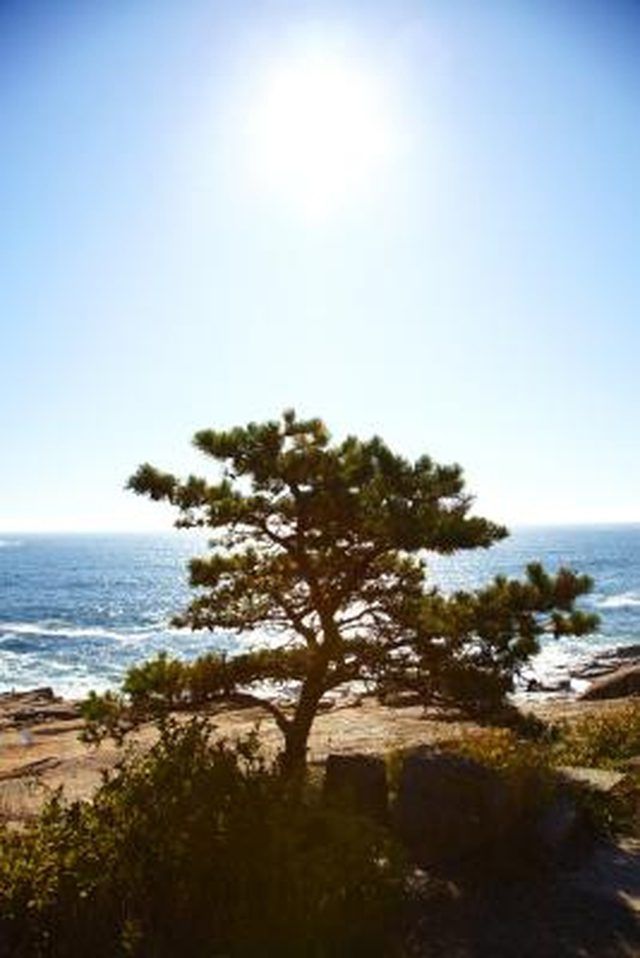Bulbs
Flower Basics
Flower Beds & Specialty Gardens
Flower Garden
Garden Furniture
Garden Gnomes
Garden Seeds
Garden Sheds
Garden Statues
Garden Tools & Supplies
Gardening Basics
Green & Organic
Groundcovers & Vines
Growing Annuals
Growing Basil
Growing Beans
Growing Berries
Growing Blueberries
Growing Cactus
Growing Corn
Growing Cotton
Growing Edibles
Growing Flowers
Growing Garlic
Growing Grapes
Growing Grass
Growing Herbs
Growing Jasmine
Growing Mint
Growing Mushrooms
Orchids
Growing Peanuts
Growing Perennials
Growing Plants
Growing Rosemary
Growing Roses
Growing Strawberries
Growing Sunflowers
Growing Thyme
Growing Tomatoes
Growing Tulips
Growing Vegetables
Herb Basics
Herb Garden
Indoor Growing
Landscaping Basics
Landscaping Patios
Landscaping Plants
Landscaping Shrubs
Landscaping Trees
Landscaping Walks & Pathways
Lawn Basics
Lawn Maintenance
Lawn Mowers
Lawn Ornaments
Lawn Planting
Lawn Tools
Outdoor Growing
Overall Landscape Planning
Pests, Weeds & Problems
Plant Basics
Rock Garden
Rose Garden
Shrubs
Soil
Specialty Gardens
Trees
Vegetable Garden
Yard Maintenance
How Do Vascular Plants Reproduce?
How Do Vascular Plants Reproduce?. Vascular plants reproduce in a variety of ways. Sexual reproduction is one method, while other methods are asexual. Asexual methods keep the same genes. Sexual reproduction ensures a diversity of genetics among a species.

Vascular plants reproduce in a variety of ways. Sexual reproduction is one method, while other methods are asexual. Asexual methods keep the same genes. Sexual reproduction ensures a diversity of genetics among a species.
Sexual Reproduction
Vascular plants produce either seeds or spores. Plants like fir trees are gymnosperms; flowering plants are angiosperms and make up the largest segment of plants on earth today. Ferns and other less-developed vascular plants produce spores. Both seeds and spores are made by combining female and male material.
Asexual Reproduction
Plants use a number of methods of asexual reproduction, but all share a similar trait -- the parent plant produces material that grows into another, genetically identical vascular plant.
Runners
Runners are a method of asexual reproduction by plants like strawberries or pachysandra. The plants put out runners along the ground that develop their own roots, eventually growing into mature plants.
Rhizomes
The roots of some vascular plants are called rhizomes. They grow under the ground and develop shoots that grow out of the soil and into a new, mature plant. Many grasses and bamboos do exactly this. These plants are sometimes called clumping plants, since they form clumps of related and connected plants.
Bulbs and Corms
Plants that grow from bulbs and corms often grow offshoots to the parent bulb or corm. These offshoots or baby bulbs grow into adult plants. Often the new offshoots remain small and don't grow into a new plant unless the parent dies.
Plant Reproduction
Many vascular plants use both sexual and asexual reproduction methods. Tulips produce seeds and will also grow offshoots from their bulbs. Pachysandra reproduces quickly using runners but also puts out flowers in the spring that produce seeds. Bamboo is known for forming clumps using rhizomes but produces seeds as well.